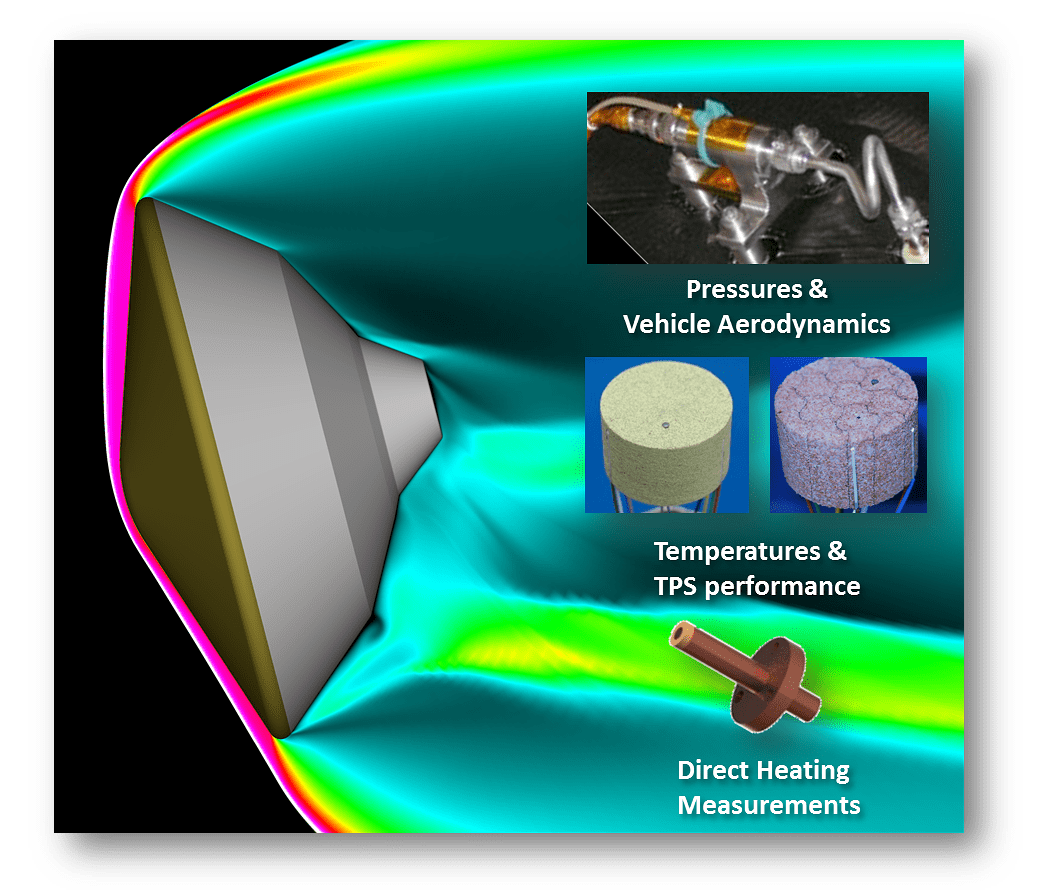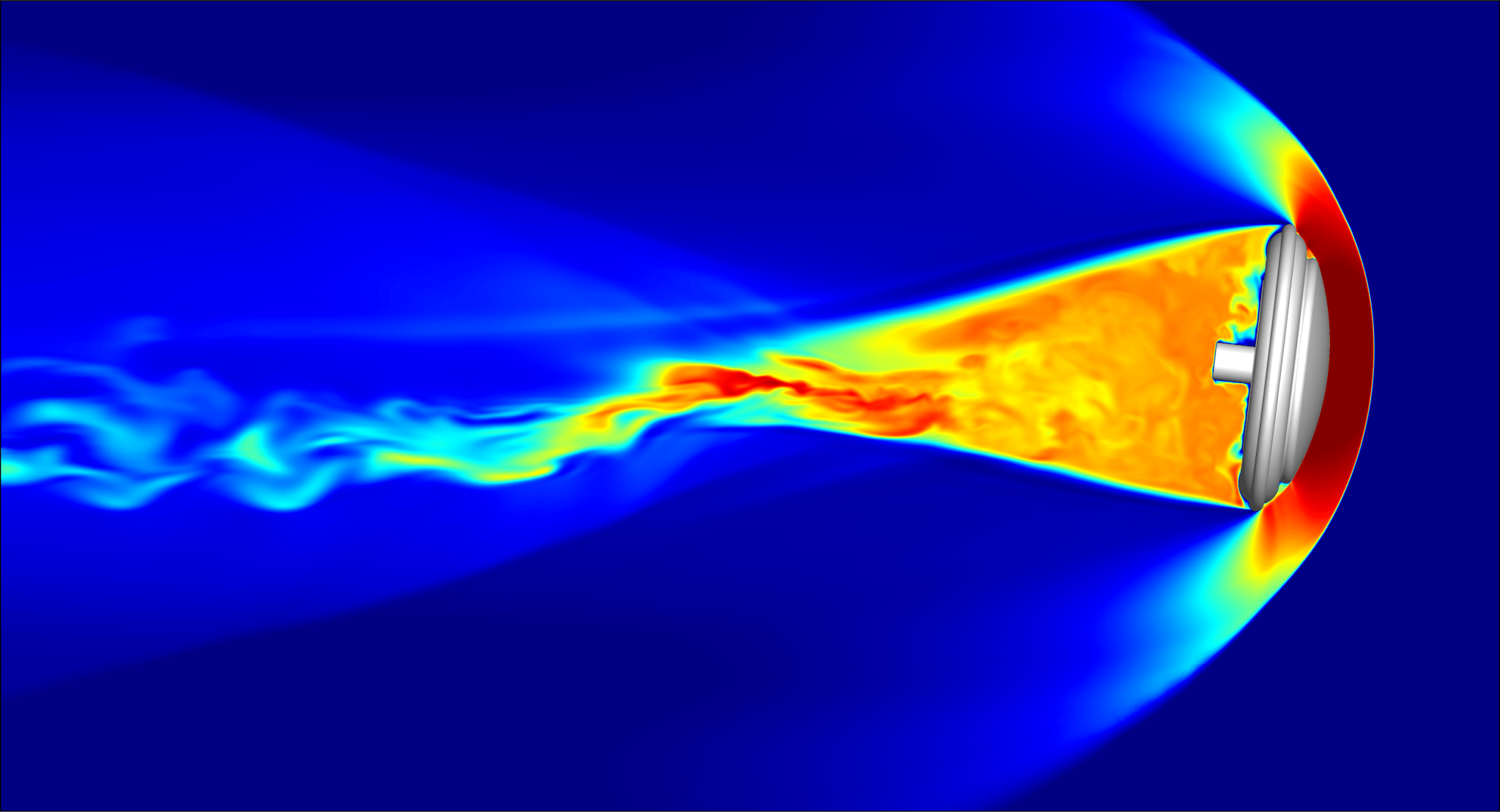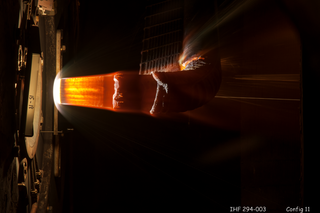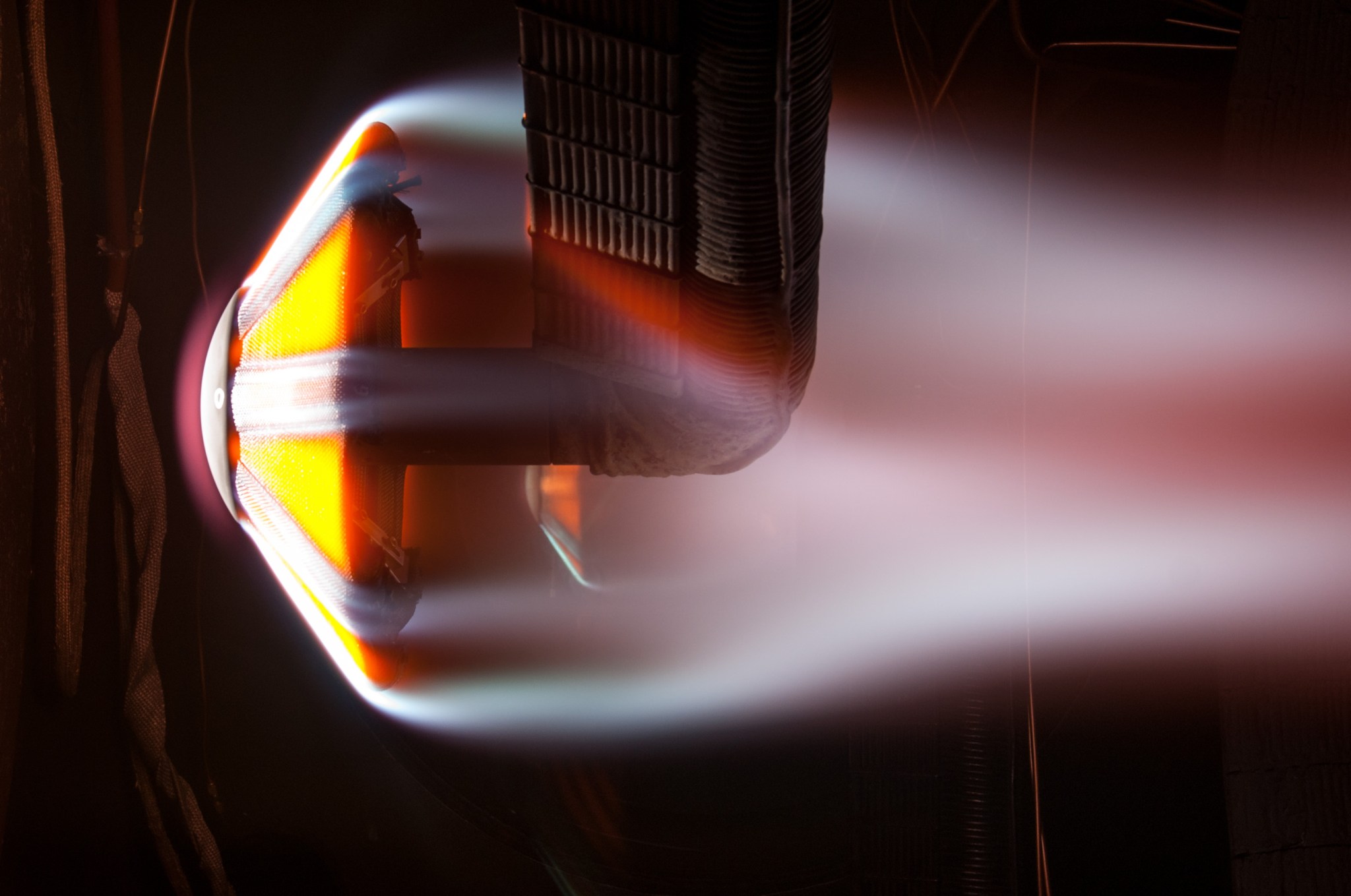The Space Technology Mission Directorate is responsible for developing the crosscutting, pioneering, new technologies and capabilities needed to achieve NASA’s current and future missions.
Mars Entry Descent & Landing Instrumentation 2 (MEDLI2)
The Mars Entry Descent and Landing Instrument 2 (MEDLI2) will record critical environmental and system performance data for the Mars 2020 vehicle during the Entry and Descent phase. MEDLI2 derives its implementation approach and heritage from the highly successful MEDLI instrument flown on the Mars Science Laboratory (MSL). MEDLI2 will deliver data which extends the dataset from MEDLI, including aftbody effects (heating and drag), increased spatial observations of the aerothermal environment and associated Thermal Protection System (TPS) response, and direct observations of the aerodynamic loads applied during the supersonic flight phase. Combining the MEDLI and MEDLI2 datasets will allow entry, descent, and landing (EDL) systems to be assessed across the critical entry and descent phases which could lead to reductions in TPS mass and in the size of the landed uncertainty footprint.
The MEDLI2 Instrumented Sensor Plug (MISP) subsystem will be used to measure the aerothermodynamic heating and thermal protection system response during entry. The MISP subsystem consists of instrumented plugs installed in the heatshield and aftbody thermal protection systems, as well as heatflux sensors for direct measurement of aftbody heating. MISP will provide the most extensive aftbody instrumentation flown to Mars to date that will measure both convective and radiative heating.
Entry Systems Modeling (ESM)
The Entry Systems Modeling (ESM) technology development project identifies promising mid-TRL technologies and matures them in order to deliver products for entry, descent, and landing (EDL). ESM relies heavily on partnerships, both within NASA as well as Academia and Industry, to accomplish key objectives and deliver new capabilities with high mission relevance.
The Aerosciences technical area focuses on the development and validation of simulation tools for hypersonic entry and descent. Our aim is to make revolutionary improvements to the current state-of-the-art (SoA) in modeling and simulation, with the goals of increased reliability, reduced uncertainty, and enabling new technologies for reentry applications. Two core research elements within Aerosciences are Advanced Computational Fluid Dynamics (CFD) and Shock Layer Radiation.
Advanced CFD is devoted to developing next-generation computational capabilities in order to enhance predictive accuracy of aerothermodynamics modeling software and to fill modeling gaps identified by current flight projects and the broader technical community. US3D was developed and released in 2014; the code represents a significant improvement to the previous state of the art for hypersonic aerothermodynamic simulation. The current grand challenge in the Aerosciences is unsteady flows, and ESM is tackling this problem in part with the development of new capability for simulating the dynamic motion of entry capsules.
Shock Layer Radiation for many missions is a driver for thermal protection system (TPS) material selection and sizing. Experimental facilities and computational capabilities are being used to develop and validate new models and databases. The current focus is on understanding radiation for entries to Mars and Venus, as well as high-speed return to Earth. The most detailed spectroscopic databases in the world are being assembled from measurements obtained in the Electric Arc Shock Tube (EAST) coupled with quantum calculations that give unprecedented insight into nonequilibrium processes. The new databases feed directly into production radiation codes, substantially improving their accuracy. One such code, NEQAIR, was named NASA Software of the Year for 2015. The tools developed are being used to better understand data returned from two radiometers flown on Exploration Flight Test 1 in December 2014, in partnership with Orion. Analysis by the project has highlighted the importance of radiative heating to the backshell of entry vehicles for OSIRIS-REx, InSight, Mars 2020, and Orion. As a result of this finding, the project is modifying the EAST facility to take direct measurements in expanding flow. The project is also renovating the Low Density Shock Tube, which may be able to provide unique insight into non-equilibrium radiation and environments relevant for low ballistic coefficient entry systems such as HIAD and ADEPT.
Heatshield for Extreme Entry Environment Technology (HEEET)
Currently, Venus science missions, high speed sample return missions, Outer Planet probe missions and Human Missions beyond Lunar return speeds have no choice but to use a yet to be developed variant of heritage Carbon Phenolic. New insights have shown 3-D woven TPS to be viable. This new heat shield technology will be matured to TRL 6 by 2018 to enable SMD missions. The Aerothermodynamics Branch supports the project through arc jet test simulations and flight environment predictions to size the new material for candidate missions.
Adaptable Deployable Entry and Placement Technology (ADEPT)
ADEPT is a NASA technology development project to develop an entry system concept consisting of a series of deployable ribs and struts, connected with a flexible fabric skin which, when deployed, functions as a semi-rigid aeroshell entry system to perform entry, descent and landing (EDL) functions. In addition to acting as the aeroshell structural surface, the fabric skin serves as the primary component of the EDL thermal protection system (TPS). This concept will be used to safely deploy scientific payloads or enable long term human exploration to other planets.
Current robotic and human missions are limited by rigid, high ballistic coefficient aeroshells. The deployable feature of ADEPT allows each mission to utilize an aeroshell design that fits within existing launch vehicle systems and later transforms into a low ballistic coefficient configuration for EDL. ADEPT will seek to leverage off-the-shelf, space proven components with novel integration and testing methodology to develop a sub-scale functional prototype test article at TRL 5. Woven carbon fabric is the preferred material for the aeroshell flexible fabric skin due to its structural and thermal properties. The Aerothermodynamics Branch supports the ADEPT project with aerodynamic and aerothermodynamic analysis.































